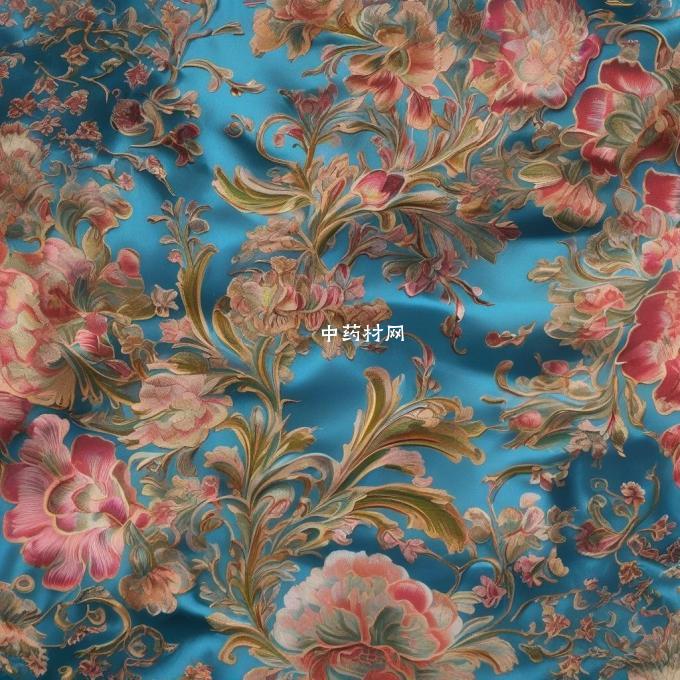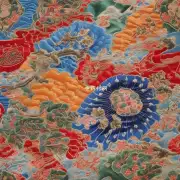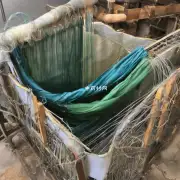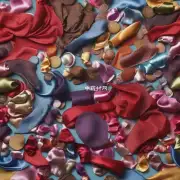silk 如何在艺术作品中体现?
** silk in art**
Silk is a delicate and precious material that has been used in art for centuries. It is often used to create delicate and intricate patterns and designs. Silk can also be used to create a variety of effects, from soft and flowing to crisp and sharp.
How silk is used in art
Silk can be used in a variety of ways in art, including:
- Patterning: Silk can be used to create intricate patterns and designs. These patterns can be used to add a touch of elegance and sophistication to a piece of art.
- Embroidery: Silk can be used to create delicate embroidery. Embroidery can be used to add a touch of whimsy and charm to a piece of art.
- Textile dyeing: Silk can be used to create a variety of colors and patterns. Silk dyeing can be used to create a unique and personal touch to a piece of art.
- Sculpture: Silk can be used to create delicate sculptures. Silk sculptures can be used to add a touch of elegance and grace to a room.
Silk in different art forms
Silk has been used in a variety of art forms, including:
- Painting: Silk can be used to create delicate and intricate paintings. Silk paintings can be used to add a touch of elegance and sophistication to a room.
- Sculpture: Silk can be used to create delicate sculptures. Silk sculptures can be used to add a touch of elegance and grace to a room.
- Architecture: Silk can be used to create delicate and intricate architecture. Silk architecture can be used to add a touch of elegance and sophistication to a building.
- Textiles: Silk can be used to create a variety of textiles, including silk scarves, silk dresses, and silk tapestries. Silk textiles can be used to add a touch of elegance and sophistication to a room.
Conclusion
Silk is a delicate and precious material that has been used in art for centuries. It is often used to create delicate and intricate patterns and designs. Silk can also be used to create a variety of effects, from soft and flowing to crisp and sharp. Silk is a versatile material that can be used in a variety of art forms.





